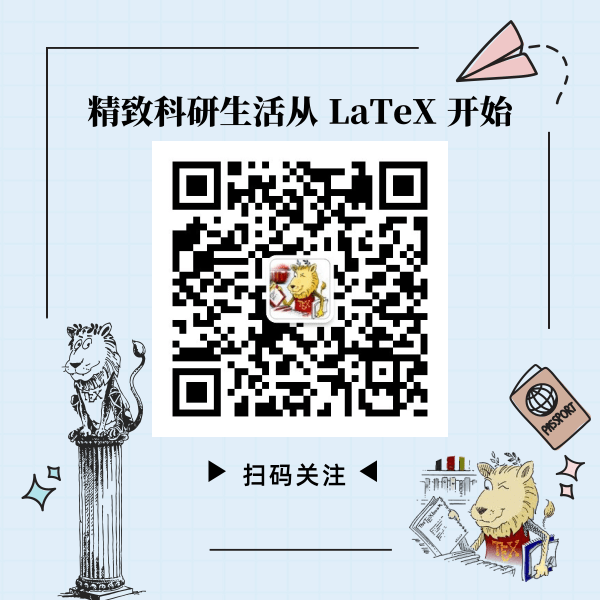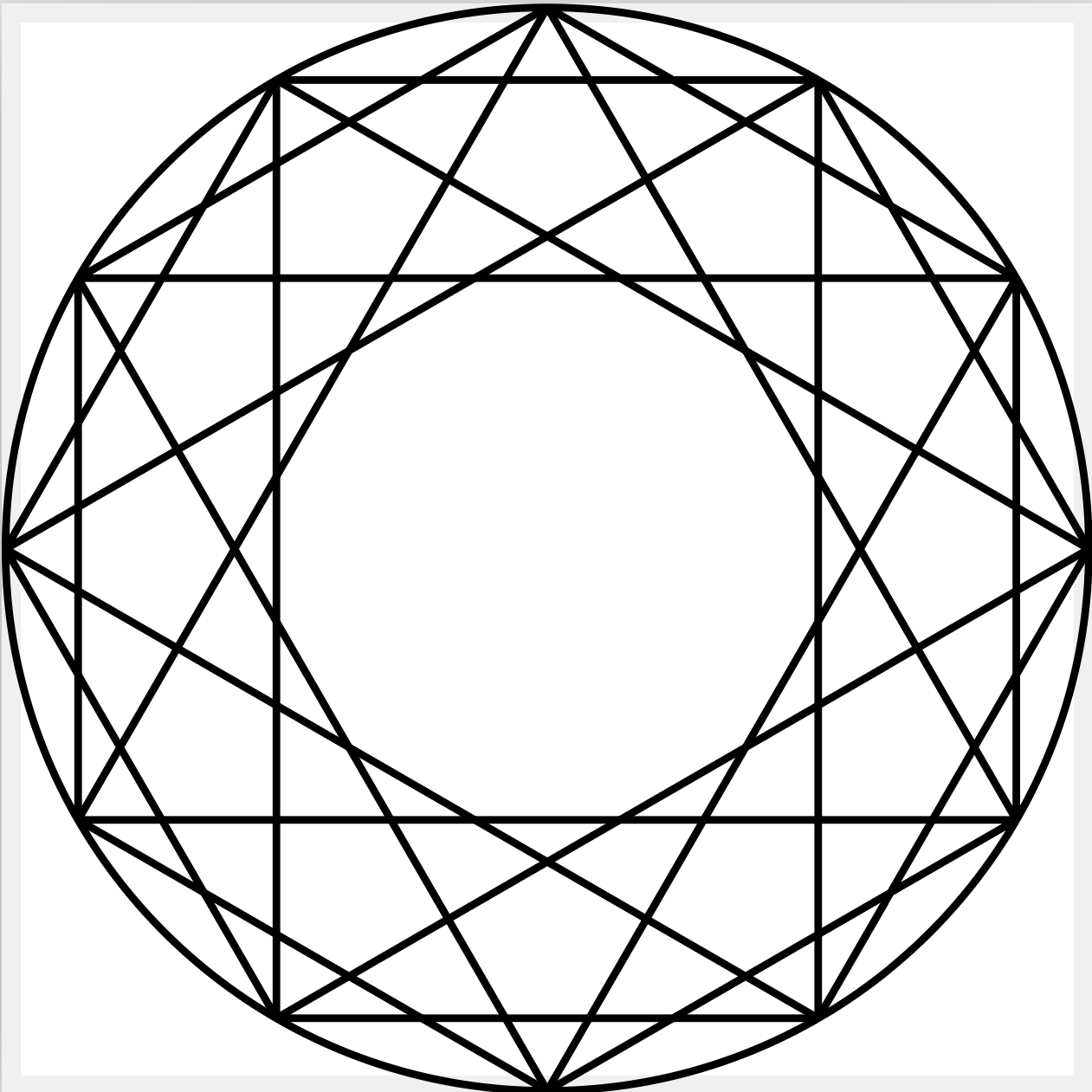100 在对node的圆周使用dashed装饰时,前后的「虚线」重合如何处理?
如题,下面是MWE....
\documentclass[tikz,border=.5cm]{standalone}
\begin{document}
\begin{tikzpicture}
\node[
circle,
draw=blue,thick,
densely dashed,
fill=yellow,
inner sep=2pt,
font=\LARGE] {2};
\end{tikzpicture}
\end{document}











小小偷懒:(
已更新MWE并补充完整需求
side-notes:如果需要控制
node内的字体设置,最好用font=\Large\bfseries;要控制字体颜色,最好用text=blue选项,这样可以做到更好的「内容与样式分离」。详见文档17.4节。不过也正如您在群里提到的:
x-post: https://tex.stackexchange.com/questions/747821/the-dashed-patterns-joined-at-closed-frame-of-node
@u26254 对于上面仅仅在「circle」下的例子,上面自定义的
dash circle是非常棒的思路啦,给大佬点赞,我应该等一天再采纳! respect!@u70550 糕老师谬赞